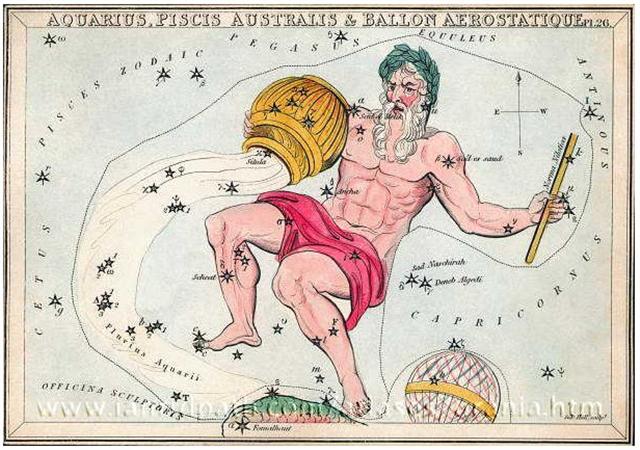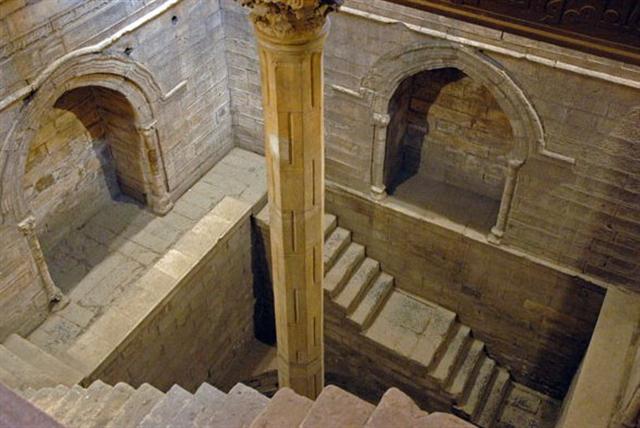5. Allen: "γ, 4.1, greenish, on the right arm at the inner edge of the Urn, and the westernmost star in the Y, is Sadachbia, from Al Sa'd al Ahbiyah, which has been interpreted the Lucky Star of Hidden Things or Hiding-places, because when it emerged from the sun's rays all hidden worms and reptiles, buried during the preceding cold, creep out of their holes!
At Gb2-20 a season of dark (hatchmarks across) earth (henua) is indeed finished (cut off at the top end with a hanging down maro in front). But as this word Ah Biyah is merely the plural of Hibā', a Tent, a more reasonable explanation is that the star was so called from its rising in the spring twilight, when, after the winter's want and suffering, the nomads' tents were raised on the freshening pastures, and the pleasent weather set in. This idea renders Professor Whitney's 'Felicity of Tents' a happy translation of the original. ζ, η, and π are included with γ under this designation by Ulug Beg - ζ, in the centre marking the top of the tent; Kazwini, however, considering this central star as Al Sa'd, and the three surrounding ones his tents." The Chinese 'Rooftop' is α Aquarii - our Sadalmelik, the Happy One (Al Sa'd) of the King. For nomads the top of the roof is the top of the tent (held up by a long stick). Worms and reptiles (serpents) are like strings, they can be used to tie the old year to the new one. And once the brother of Moses showed how a stick when thrown onto the ground became a snake. The stick in the left hand of Aquarius seems to be connected with κ and, I guess, perhaps with a 13-nights long lunar station in the G text:
"The astronomer's symbol for the sign, "The simplest nilometer design is a vertical column submerged in the waters of the river, with marked intervals indicating the depth of the water." (Wikipedia)
The straight line at bottom of the henua rod in Gb2-5 could illustrate how the rod has been immersed in water. 20 * 13 = 260 days of light could here be in the past. From Gb2-5 to Gb2-20 there seem to be 15 dark days. A straight line at the bottom of a henua sign could mark its beginning and a straight line at the top its end (or the maximum height of water). The vertical measurement lines on the nilometer in Egypt might have been converted to sloping ones in Gb2-20. |





